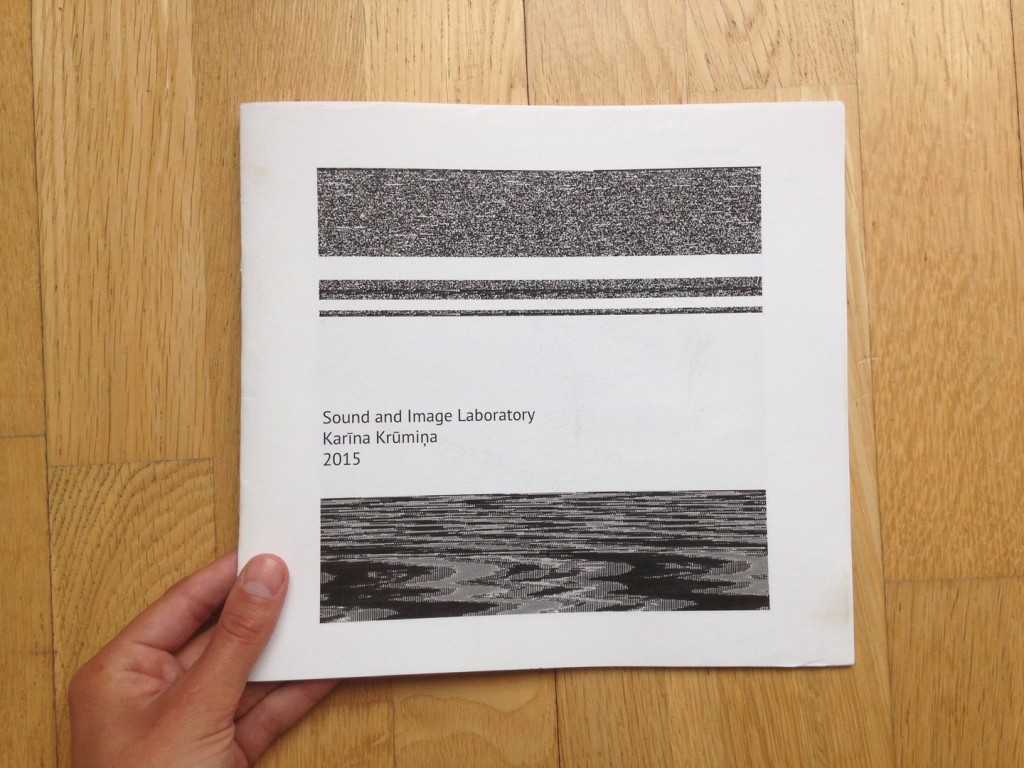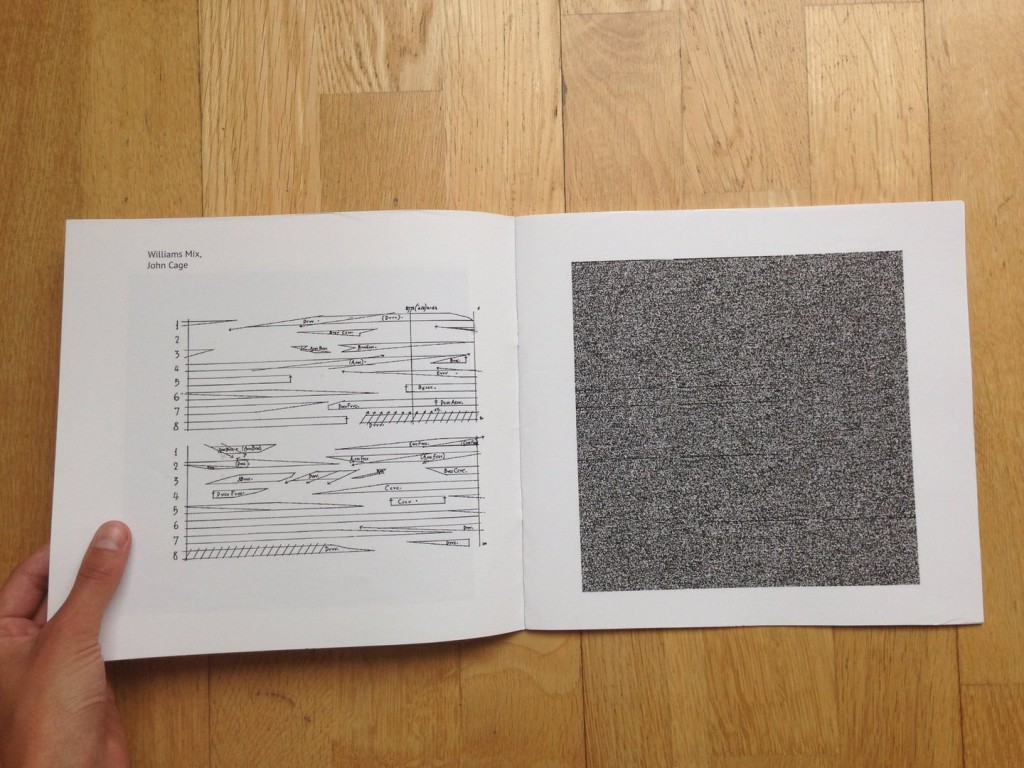Digital Landscapes
Karīna Krūmiņa
As a final project in Sound and Image class, I chose to make a visual book, that consists of serie of images/patterns, that were generated from audio files, from John Cage’s contemporary music.

John Cage is one of the most controversial and important figures in the history of music. He made his mission to redefine how we think about musical composition and performance, creativity. The important conclusion he reached about music in particular was that it could be anything. Any sound we hear in the course of our daily life could be enjoyed and appreciated in and of itself in the same way as we appreciate a Mozart sonata. We just needed to turn up our ears and our brains, to train and stretch them in order to experience the world around us in a different, more active way. He revolutionized musical notation by developing the visual score. Cage wanted to remove the ego of the composer from the act of composition, to allow art to imitate nature in the manner of its operation. He wanted to give up choice, intention, and likes and dislikes in favor of a system that would allow for a much broader field of experience to find its way into the finished musical composition. He accomplished this through chance operation. Instead of using standard musical notation, he instead drew diagrams and abstract lines or shapes in order to delineate sounds, rhythm, and other musical elements. These would often then be interpreted by the musicians. Thus no Cage piece is ever performed exactly the same way twice. He disliked extreme musical order and repetition and loved surprise, spontaneity, and variety.

After making a research on John Cage’s works and musical notations, I chose 8 music compositions from John Cage, that in my opinion had the most interesting and unordinary music scores. Seeing that music score can be also very graphic and abstract, made me think that its not so far from how the computer “reads” the same music. It’s also very abstract, more like a pattern and for observer’s eyes make no sense. In this book of my project, John Cage’s visual scores are on the left side, and “computer scores” on the right, reflecting upon the relationship between image and sound, and also of synesthesia and what is gained and lost in translation. The name of this project “Digital Landscapes” was inspired by John Cage’s composition “In Landscape”.

Within this project I used programs such as Audacity and Photoshop, as well as Text Edit for experimenting with “databending” technique. After finding 8 visual music scores from John Cage, I found the music compositions that were connected to these music sheets. Then I used Audacity to convert mp3 audio files to Waveform files, in order to open them in Photoshop as RAW file. Filling in the desired size of the image, it generated these patterns/images, that are on the right side of the book. First idea was to databend these generated images so that they reflect more how i feel when I’m listening to spesific music compositions, but after making several experiments with that , I chose to leave it as it was, because it reflected my feelings listening to the music.
Karīna Krūmiņa (Riga, Latvia). Studying at Art Academy of Latvia, in visual/audio art department Visual Communication. Erasmus year at Universidade do Porto, Faculdade de Belas Artes, where took a special interest in Illustration, as well as audio/visual subjects, such as Sound and Image Laboratory.